Table of Contents
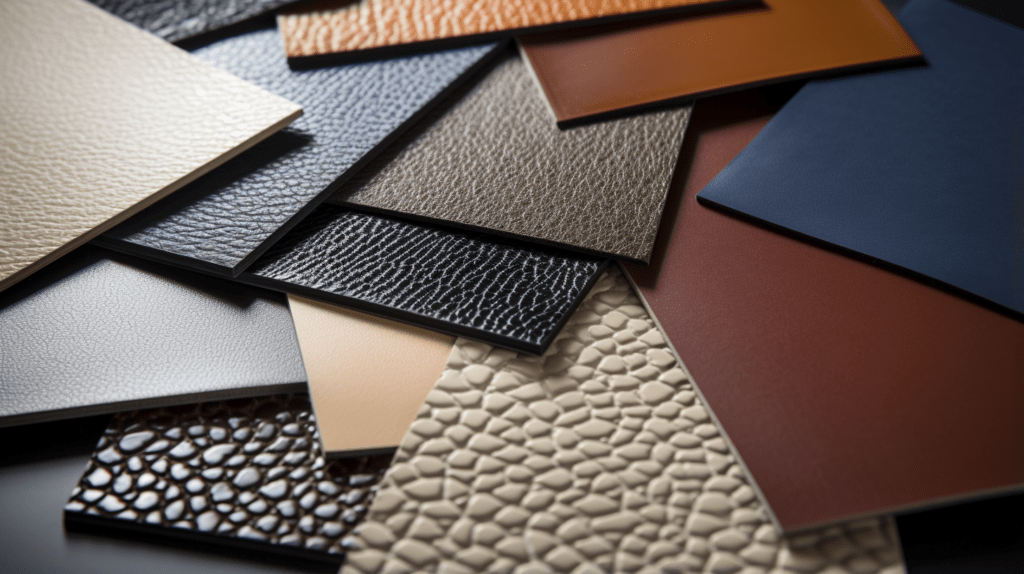
Laminate texture is like how something looks and feels on the outside, like floors, furniture, counters, and walls.
It can copy the look and feel of natural stuff, like wood, rock, marble, leather, and metal, or make cool and new designs with funny shapes and colors.
Laminate texture can also change how strong, easy to care for, and well things work.
In this blog, I’m gonna guide you about laminate texture, like the ways it comes, the things it does good, what to use it for, and what’s cool right now.
I’m also gonna give you some examples of different kinds of textured laminates and how they can make your home or office look even better.
After you read it, you’ll know more about the feel of laminate and how to use it and choose right laminate to help yourself out, Let’s begin!
What is Laminate Texture?
The texture of laminate is created by bonding together several layers of materials using high pressure and heat during the manufacturing process.
The top layer, or the wear layer, is the one that determines the texture of the laminate product.
The wear layer is usually made of different materials like melamine resin, acrylic resin, or aluminum oxide.
The wear layer can also have different finishes, such as gloss, matte, satin, or embossed.
The wear layer is applied over a decorative layer, which is a printed paper or film that contains the design and color of the laminate product.
The decorative layer can imitate the appearance of natural materials, such as wood grain, stone veining, marble swirls, or leather stitching.
The decorative layer can also have abstract or geometric patterns or solid colors.
The decorative layer is attached to a core layer, which is usually made of high-density fiberboard (HDF) or medium-density fiberboard (MDF).
The core layer provides strength and stability to the laminate product.
The core layer can also have different thicknesses and densities depending on the intended use of the laminate product.
The bottom layer, or the backing layer, is the one that comes in contact with the substrate or the surface where the laminate product is installed.
The backing layer can be made of paper, plastic, or resin.
The backing layer provides protection and moisture resistance to the laminate product.
Textured laminate can be classified into two main categories:
Realistic Laminate Texture:
This is the one that mimics the look and feel of natural materials, such as wood, stone, marble, leather, and metal.
Abstract laminate texture:
This is the one that creates unique and modern effects with abstract patterns and colors.
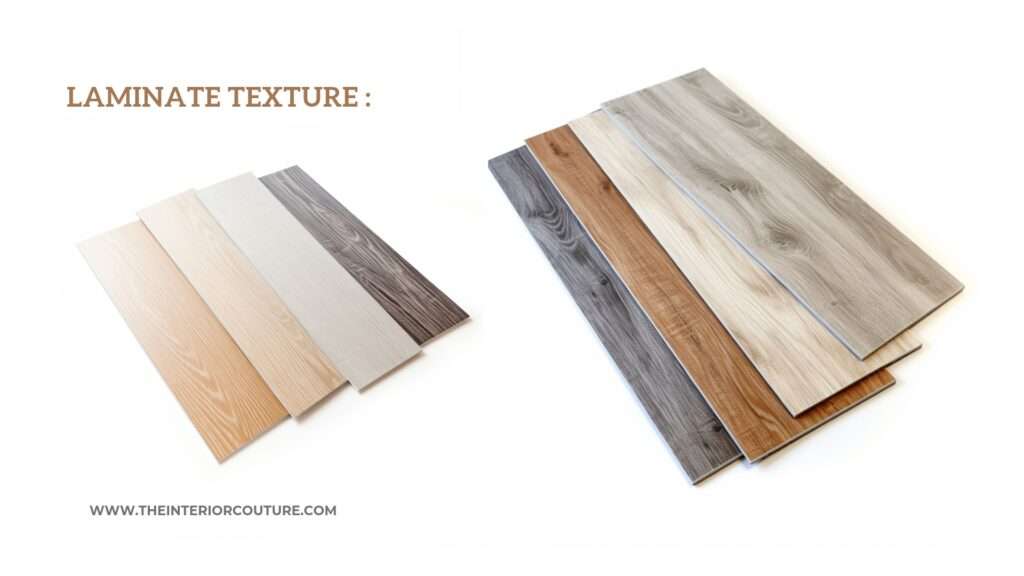
Types of Laminate Texture
There are many types of textured laminate available in the market today, Some of the most common ones are:
Wood laminate texture:
This type of textured laminate imitates the appearance and feel of natural wood species, such as oak, maple, walnut, cherry, pine, birch, etc.
Wood laminates can have different finishes, such as hand-scraped, brushed, oiled, distressed, sawn-cut, etc.
Stone laminate texture:
This type of textured laminate imitates the appearance and feel of natural stone varieties, such as granite, marble, slate, quartz, travertine, etc.
Stone laminate can have different finishes, such as polished, honed, flamed, tumbled, etc.
Marble laminate texture:
This type of textured laminate imitates the appearance and feel of natural marble types, such as Carrara, Calacatta, Crema Marfil, Emperador, etc.
Marble laminates can have different finishes, such as glossy, matte, satin, etc.
Leather laminate texture:
This type of textured laminate imitates the appearance and feel of natural leather types, such as nappa, suede, crocodile, snake, etc.
Leather laminates can have different finishes, such as smooth, grainy, embossed, stitched, etc.
Metal laminate texture:
This type of textured laminate imitates the appearance and feel of natural metal types, such as copper, bronze, steel, aluminum, etc.
Metal laminates can have different finishes, such as brushed, hammered, oxidized, perforated, etc.
Abstract laminate texture:
This type of textured laminate creates unique and modern effects with abstract patterns and colors.
Abstract laminates can have different finishes, such as glossy, matte, sparkle, glitter, etc.
Benefits of Laminate Texture
Textured laminate has many benefits for both residential and commercial applications, Some of the main benefits are:
Aesthetic appeal:
Textured laminate can enhance the visual appeal of any space with its realistic or abstract designs and colors.
Laminates can also create different moods and atmospheres depending on the type and finish of the texture.
For example, wood laminates can create a warm and cozy feel, while metal laminate texture can create a sleek and futuristic feel.
Durability:
Textured laminate can withstand wear and tear, scratches, stains, impacts, and moisture better than natural materials.
Laminates can also resist fading, warping, and cracking due to its high-quality wear layer and core layer.
Laminates can last for years with proper installation and maintenance.
Affordability:
Textured laminate is more affordable than natural materials, such as wood, stone, marble, leathers.
Textured laminate can also save money on installation and maintenance costs due to its easy and fast installation and low maintenance requirements.
Variety:
Textured laminate offers a wide range of options for different tastes, preferences, styles, and needs.
Laminates can suit any space, whether it is traditional or contemporary, formal or casual, large or small.
Laminates can also be customized to match any color scheme or theme.
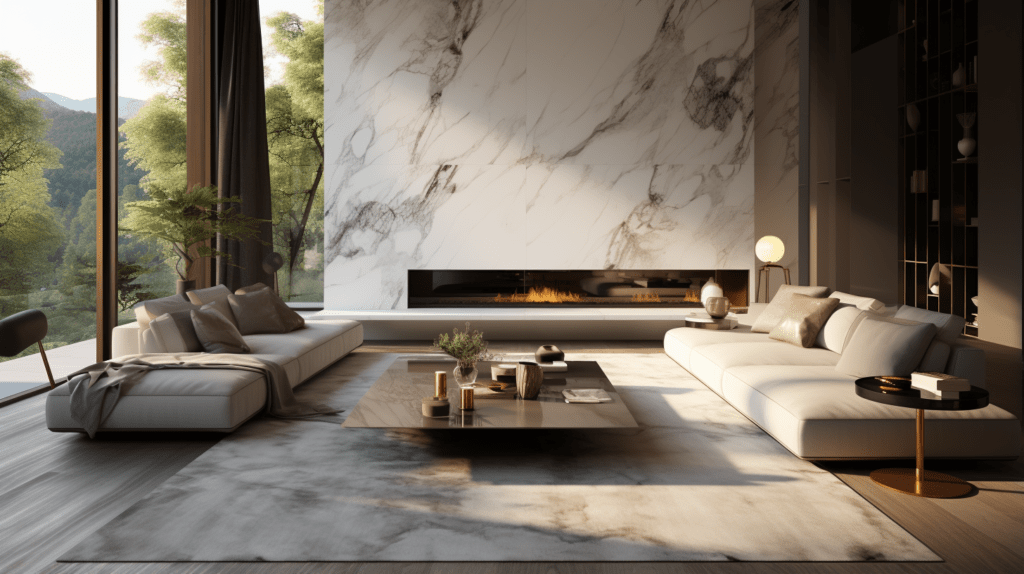
How to Choose Laminate Texture
Choosing the right texture for your laminate can be both enjoyable and overwhelming, since there are so many choices to pick from.
Consider the purpose of the space:
Different spaces have different functions and requirements.
For example, a kitchen or a bathroom needs a laminate that is water-resistant, stain-resistant, and easy to clean.
A living room or a bedroom needs a laminate that is comfortable, cozy, and inviting.
A home office or a study room needs a laminate that is inspiring, stimulating, and productive.
Consider the style of the space:
Different spaces have different styles and personalities.
For example, a traditional space needs a laminate that is classic, elegant, and timeless.
A contemporary space needs a laminate that is modern, sleek, and minimalist.
A rustic space needs a laminate that is natural, organic, and earthy.
Consider the size of the space:
Different spaces have different sizes and dimensions.
For example, a small space needs a laminate that is light-colored, smooth-finished, and large-sized to create an illusion of spaciousness.
A large space needs a textured laminate that is dark-colored,
textured-finished, and small-sized to create an illusion of coziness.
Consider the lighting of the space:
Different spaces have different lighting conditions and sources.
For example, a bright space needs a laminate that is matte-finished,
soft-colored, and subtle-patterned to avoid glare and reflection.
A dark space needs a laminate that is glossy-finished, bright-colored,
and bold-patterned to add shine and contrast.
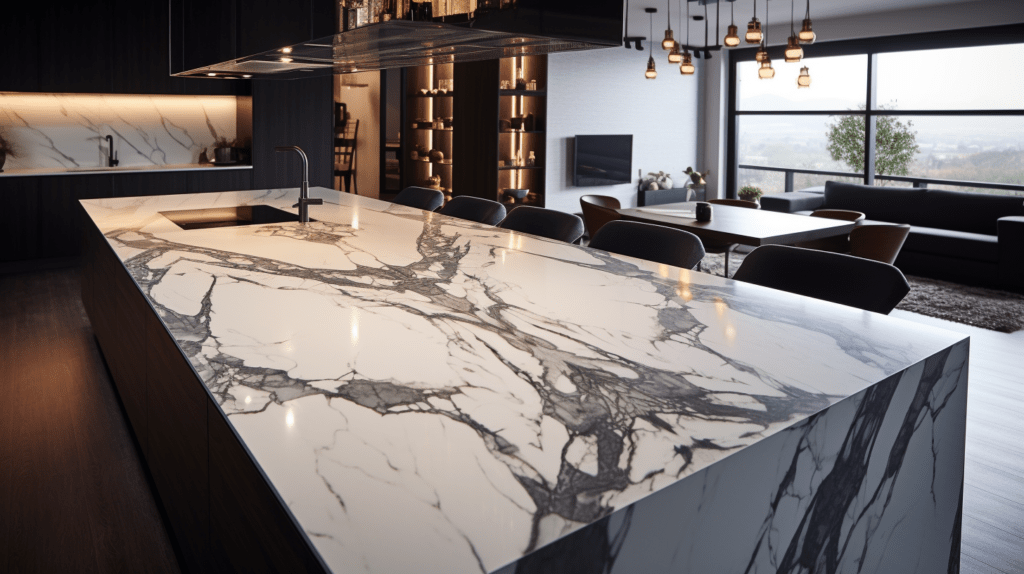
How to Install Laminate Texture
Installing textured laminate is an easy and fast process that can be done by yourself or by a professional installer, Here are some steps to follow when installing laminate texture:
Prepare the substrate:
The substrate is the surface where the laminate product will be installed.
The substrate can be concrete, wood, plywood, or existing flooring.
The substrate must be clean, dry, flat, and smooth before installing laminate texture.
Measure the area:
Measure the length and width of the area where you want to install laminate texture.
Multiply the length by the width to get the square footage of the area.
Add 10% to the square footage to account for waste and cuts.
Choose the direction:
Choose the direction in which you want to install laminate texture.
The direction can affect the appearance and feel of the space.
For example, installing laminate texture parallel to the longest wall can make the space look longer.
Installing laminate texture perpendicular to the longest wall can make the space look wider.
Cut the planks or tiles:
Cut the laminate planks or tiles according to the measurements and direction of the area.
Use a circular saw, a jigsaw, or a utility knife to cut the planks or tiles.
Lay down the underlayment:
The underlayment is a thin layer of foam, cork, or rubber that goes under the laminate product.
The underlayment provides cushioning, soundproofing, and moisture protection to the laminate product.
Lay down the underlayment over the substrate in rows, overlapping them by an inch or two.
Tape them together with duct tape or masking tape.
Install the planks or tiles:
Install the laminate planks or tiles over the underlayment in rows, starting from one corner of the area.
Use spacers along the walls to leave a gap of about 1/4 inch for expansion and contraction.
Snap or glue the planks or tiles together according to their locking system.
Cut the last plank or tile in each row to fit the remaining space and enjoy the beauty.
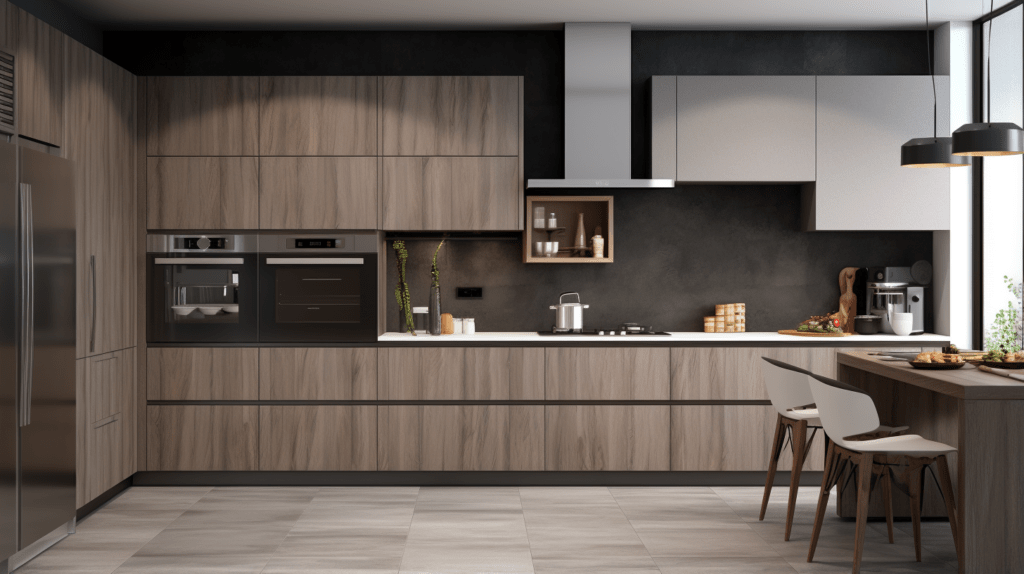
How to Maintain Laminate Texture
Maintaining textured laminate is a simple and easy process that can keep your laminate product looking new and fresh for a long time.
Here are some tips to follow when maintaining textured laminates:
Sweep or vacuum regularly:
Sweep or vacuum your laminate product regularly to remove dust, dirt, and debris that can scratch or dull the surface of the laminate texture.
Use a soft-bristled broom or a vacuum cleaner with a hard floor attachment. Avoid using a beater bar or a rotating brush that can damage the laminate texture.
Wipe or mop occasionally:
Wipe or mop your laminate product occasionally to remove spills, stains, and residues that can discolor or damage the laminate texture.
Use a damp cloth or a microfiber mop with a mild cleaner or plain water.
Avoid using abrasive cleaners, bleach, ammonia, wax, polish, or oil that can harm the laminate texture.
Protect from moisture:
Protect your laminate product from moisture that can cause swelling, warping, or mold growth.
Use mats or rugs in areas where water is present, such as kitchens, bathrooms, entryways, and laundry rooms.
Wipe up any spills or leaks as soon as possible.
Avoid wet mopping or steam cleaning your laminate product.
Protect from heat:
Protect your laminate product from heat that can cause fading, cracking, or melting.
Use coasters or pads under hot pots, pans, dishes, or appliances.
Avoid placing your laminate product near fireplaces, radiators, heaters, or direct sunlight.
Protect from scratches:
Protect your laminate product from scratches that can ruin the appearance and feel of the laminate texture.
Use felt pads under furniture legs, chairs, tables, or cabinets.
Avoid dragging or dropping heavy objects on your laminate product.
Trim your pets’ nails or keep them off your laminate product.
Laminate Texture Trends in 2023
Laminate texture is a versatile and adaptable material that can follow the latest trends in interior design and style.
Here are some of the textured laminate trends that are expected to be popular in 2023:
- Grey laminate texture
- White laminate texture
- Brown laminate texture
- Beige laminate texture
- Blue laminate texture
- Green laminate texture
- Black laminate texture
- Gold laminate texture
- Glossy laminate texture
- Fluted laminate texture
- Seamless laminate texture
- Walnut laminate texture
Conclusion
Laminate texture is a material that can make any space’s interior design more versatile and adaptable.
Textured laminate can imitate the look and feel of natural materials, such as wood, stone, marble, leather, and metal, or create unique and modern effects with abstract patterns, They also provide many benefits like aesthetic appeal, durability, affordability, variety, easy installation, and low maintenance.
I hope you enjoyed reading this blog post about laminate texture.
Please feel free to leave any questions or suggestions in the comments space below, I genuinely value your time and attention, Have a wonderful day ahead!
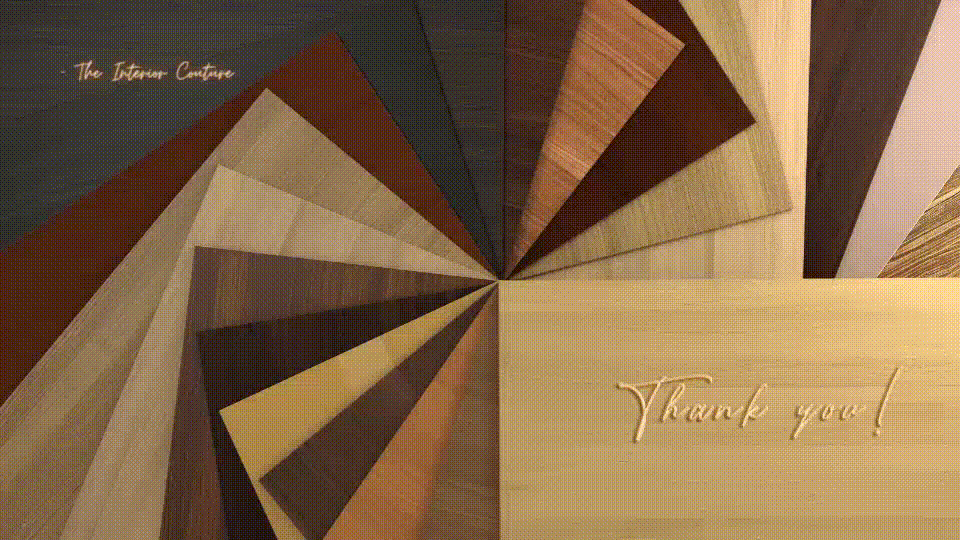
Source:





3 thoughts on “Laminate Texture: Everything Covered, Types, Benefits, Trends in 2023”